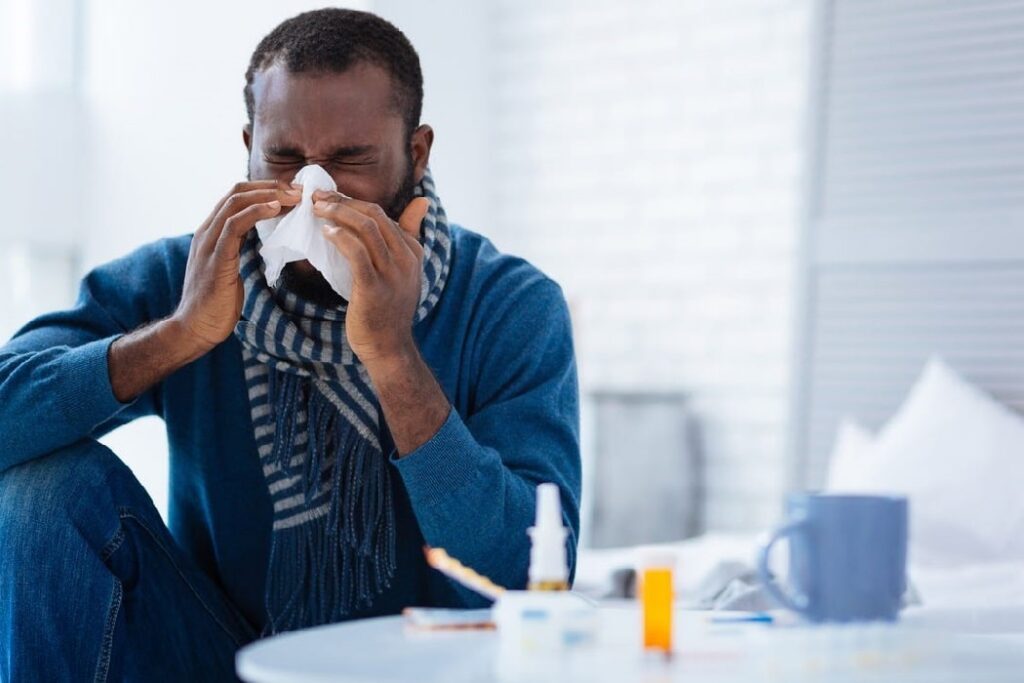
The polymerase chain reaction testing (PCR) remains the most common method of testing for coronavirus in suspected individuals.
PCR testing for coronavirus involves the detection of small amounts of genetic matter in a patient’s sample, using a process known as amplification.
The pain of this procedure comes from the way the sample is collected.
A health care worker will insert a long Q-tip through your nose to swab the back of your throat. The sample is then sent for testing.
This procedure is called a nasopharyngeal swab (a swab that goes up the nose far back into the throat). This swab collects mucous, saliva, bits of cells and RNA of the coronavirus, if present.
The samples are then sent to a lab, where researchers apply chemicals to remove everything but the RNA. With a couple of other processes, the test will eventually indicate if the patient from whom the sample was collected is infected with coronavirus or not.
Another way of testing for coronavirus in patients is using the antibody test which involves drawing out a tiny amount of the patient’s blood.
The antibody test for coronavirus is more common in China than the PCR test. Some health experts believe PCR testing offers better accuracy.
Both PCR and antibody tests for coronavirus take just hours to run, meaning results could be ready within a day, said Dr. Amesh Adalja, an infectious-diseases specialist and a senior scholar at the Johns Hopkins Center for Health Security in Baltimore.


